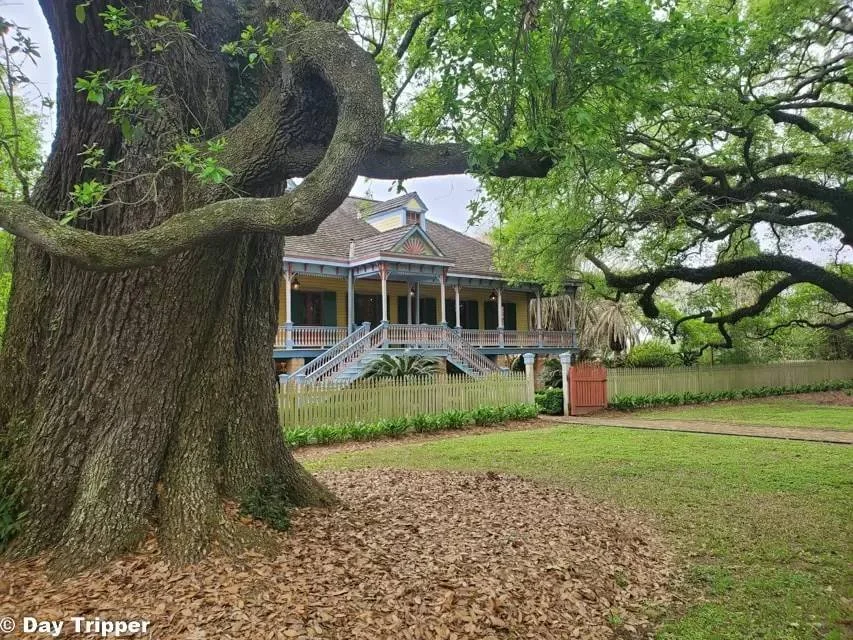
Laura Plantation
Laura Plantation, situated along the Mississippi River near Vacherie, Louisiana, is a captivating historical site that provides a unique and insightful glimpse into the complex history of plantation life in the region. Here's a review that highlights the key aspects of the Laura Plantation experience:
Historical Significance: Laura Plantation stands as a poignant reminder of the antebellum era and the lives of those who lived and worked on Southern plantations. The site is renowned for its well-preserved Creole-style plantation house, offering a rare opportunity for visitors to delve into the history of the people who shaped the plantation's legacy.

Guided Tours
The heart of the Laura Plantation experience lies in the guided tours, where knowledgeable and passionate guides lead visitors through the various aspects of the plantation's history. The narratives encompass the lives of both the Creole owners and the enslaved individuals who played integral roles in shaping the plantation's fortunes. The storytelling is engaging, informative, and provides a balanced perspective on the complex dynamics of plantation life.
Creole Architecture
The plantation's main house showcases distinctive Creole architecture, characterized by its raised design, large galleries, and colorful exterior. Visitors are treated to a fascinating exploration of the architectural features, cultural influences, and the restoration efforts that have preserved the historical integrity of the site.
Slave Quarters and Dependency Buildings: In addition to the main house, the tour extends to the well-preserved slave quarters and other dependency buildings, providing insight into the daily lives and struggles of the enslaved population. This aspect of the tour is both educational and emotional, shedding light on the harsh realities faced by those who lived and worked on the plantation.
Landscape and Grounds: The surroundings of Laura Plantation are as captivating as the structures themselves. The lush greenery, towering oak trees draped with Spanish moss, and the proximity to the Mississippi River contribute to the overall atmosphere of the site. Visitors can appreciate the beauty of the landscape while contemplating the historical narratives shared during the tour.
Educational Experience: Laura Plantation serves as an educational resource, offering a nuanced understanding of the cultural and historical complexities of plantation life. The site's commitment to presenting a comprehensive and honest portrayal of its history contributes to a meaningful and thought-provoking experience for visitors.
Preservation Efforts: The dedication to preserving and interpreting the history of Laura Plantation is evident in the ongoing restoration and conservation efforts. The commitment to maintaining the authenticity of the site ensures that future generations can continue to learn from and appreciate this important piece of American history.
In conclusion, a visit to Laura Plantation is a profound and enlightening experience that goes beyond the physical structures. It provides a deeper understanding of the lives of the people who shaped the plantation's history, making it a must-visit for those interested in Southern history, architecture, and the complexities of plantation life.



